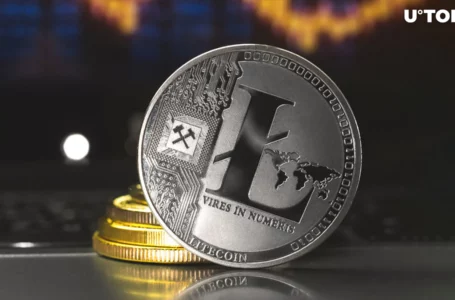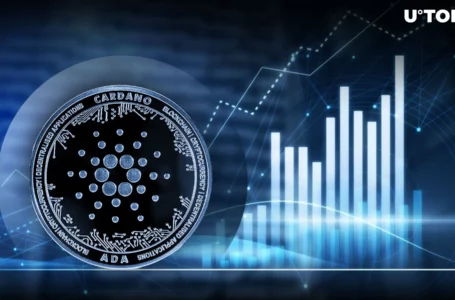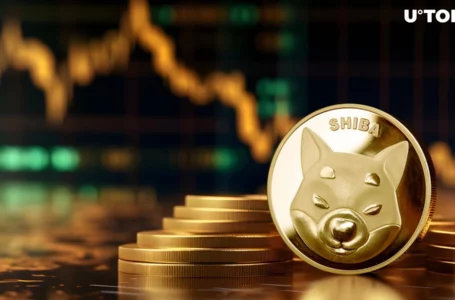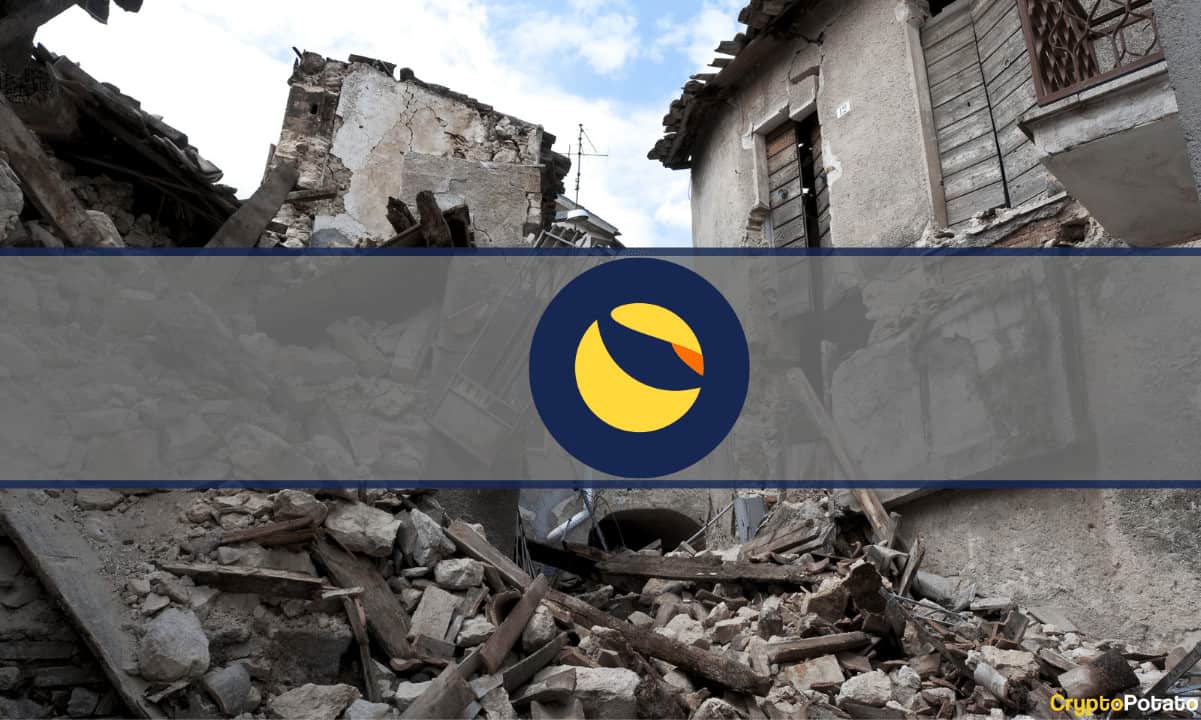
As the stormy waters recede from this month’s crypto market bloodbath, one blockchain network has been washed ashore dead: Terra.
Network co-founder Do Kwon has backed off from any attempt to restore the current channel to its former glory. He now advocates hard forking and starting over with a different cryptocurrency – a highly questionable approach with no guarantee of value recovery for harmed investors.
What’s certain, however, is that neither TerraUSD (UST) nor the LUNA governance token will ever recover. The former now trades over 90% down from its intended dollar peg, while the latter has arguably suffered the most explosive and sudden collapse in the history of currency.
Financial implosions of this magnitude are virtually unheard of – even in crypto. How could the billions of dollars stored in such a widely supported protocol completely evaporate in a week – especially from a so-called “stablecoin”?
Now would be a good time for the entire crypto community to re-examine its assumptions about stablecoins, investing, and developers alike. Here a five valuable lessons we can glean from the corpse left behind by the Terra network.
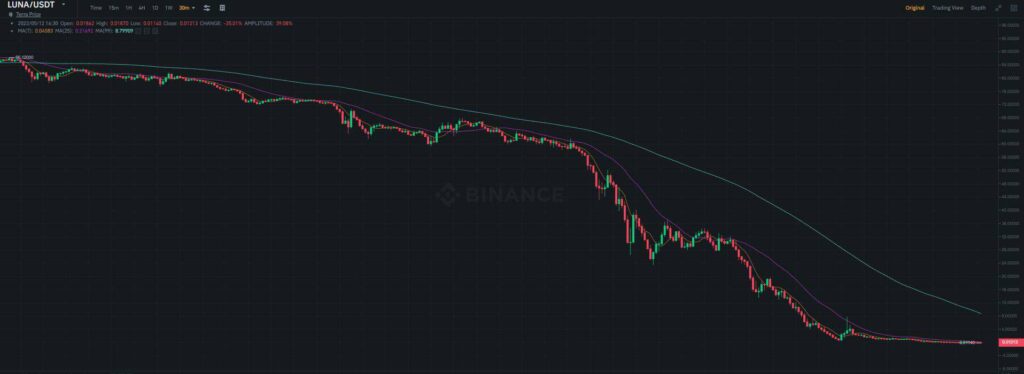
1. Stable assets require stable reserves
Stablecoins are designed to offer the best of the new and old financial worlds: the decentralization and speed of cryptocurrency and the stability of value of fiat money.
However, the most successful stablecoins available right now don’t use an entirely “decentralized” model. Tether (USDT) value backs its stablecoin with non-decentralized, highly liquid, stable reserve assets (commercial paper, treasury bills, etc.). These reserves must be regularly audited by private companies to ensure that USDT is indeed fully backed and convertible.
TerraUSD, however, was an algorithmic stablecoin. It followed an alternative model in which the token was programmatically backed by a cryptocurrency – specifically LUNA – instead of dollars.
Any UST holder could redeem their stablecoin for one dollar worth of freshly minted LUNA at any time. Conversely, LUNA holders could always burn their holdings in return for a UST count equal to the exact dollar value of LUNA burned. This mechanism created stabilizing arbitrage incentives similar to USDT so that the market price of the stablecoin could always redirect back to one dollar.
However, unlike USDT, the asset “backing” the UST was not as stable or as liquid as the real dollar. In other words, if many UST holders were to redeem their holdings at the same time, the value of LUNA could drop significantly after exchanges were flooded with excess supply.
This is, unfortunately, the exact scenario that took place this month after wealthy UST holders commenced a short attack against the stablecoin. Investors were incentivized to redeem their UST holdings for LUNA en masse, hence creating an oversupply of the token. The result was a death spiral whereby the value and credibility of both UST and LUNA crumbled to nothing.
This phenomenon would likely have been avoided had UST been supported by an asset with a deeper market and less fragile value under pressure.
2. Buy Value, Not Hype
Just because something has a high market value doesn’t mean it’s a reliable investment. Do not rely on the “wisdom” of the greedy, bullish mob to tell you where your money should go. Do your own research.
This point cannot be stressed enough. In retrospect, Terra fell apart due to a faulty stabilization mechanism that was open for review and scrutiny from the start. In reality, previous coins with similar stabilization models had already been tried – and failed – many years ago.
Such details didn’t matter much to most investors – nor did the unusually high 20% yield offered to UST holders through Anchor protocol. When given the opportunity to escape the flood before it happened, thousands of investors failed to use due diligence.
Even trusted billionaires from the crypto community have snuck into Terra without a second thought, inspiring others to follow. Mike Novogratz, who had a LUNA-themed tattoo on his arm in January, now calls the artwork “a constant reminder that investing in venture capital requires humility.”
This month’s events prove that even experienced investors know little more about what’s safe in crypto than you do. They should not be relied upon.
As Bitcoiners say: Don’t trust; To verify.
3. Crypto Isn’t All “Decentralized”
Terra’s devs pedaled a lot of hype about creating “decentralized money” for a “decentralized economy.” But when push came to shove, the community revealed its highly centralized and opaque governance structure underneath.
Between Do Kwon, Terraform Labs, and the Luna Foundation Guard (LFG), the average user held virtually no power during Terra’s final moments. The aforementioned parties made many hasty and monumental decisions in an attempt to save the network – all of which failed anyway.
For example, on May 9th, Do Kwon and merely six other members of the LFG voted to deploy $1.5 billion from its reserve pool to defend the value of UST. The Guard then left the community with no updates until May 16th, when it explained that virtually all reserve assets – including 80,000 BTC – had been sold.

Additionally, on May 12, Terraform Labs worked with validators behind the scenes to freeze the Terra blockchain without warning. This was done without community consent – ironically with the stated goal of “preventing governance attacks”. For context, Terra’s chain only has 130 validators.
Even Do Kwon himself retweeted a post stating that the LFG was indeed a centralized system (which he planned to transition away from in time).
When it comes to “decentralization”, there is a difference between “can’t” and “don’t want to”. If a small party can take control of a blockchain network whenever it sees fit, is it really decentralized?
4. Stay Humble, Even If You’re Rich
On one hand, it’s in poor taste to kick a man while he’s down – especially when he’s already faced with lawsuits and multi-million dollar fines.
On the other hand, it can be quite amusing to watch companies die, especially when run by people who were once so brazenly rude and confident.
Don’t take it from me. Take it from Do Kwon himself. Mere days prior to Terra’s meltdown, he spoke with a popular streamer about the crypto industry, claiming there would be “entertainment” in watching 95% of industry startups die over time.
It was not a light joke but a dangerous display of self-confidence and condescension towards Kwon’s competitors and critics. This was clarified in the coming days when Kwon publicly attacked several people who tried to warn him about security flaws in his protocol.
“You could listen to CT influensooors about UST depegging for the 69th time, or you could remember they’re all now poor, and go for a run instead,” he tweeted on May 7th.
The next day, Kwon suggested that those who fear a de-anchoring of the UST would “wait for the age of men to expire”.
Yet the worst of Kwon’s behavior was at the height of crypto’s bull market in November. When a Twitter user-outlined a process by which he predicted Terra would fall due to a short attack, the co-founder called it “the most retarded thread” he’d read this decade. He then deemed the user “stupid” and invited his “billionaire” followers to try out the attack.
If Terra’s collapse was truly a black swan event, Kwon might have been able to salvage his reputation from his remains. But after many times mocker his detractors for being poor, openly inviting whales to attack the network and losing $200 million”bet” on the disappearance of LUNA … is it surprising that his followers are out of sympathy?
His actions haven’t affected him alone: for better or worse, Kwon was Terra’s biggest leader. The implicit responsibility of guiding the community out of a crisis has fallen on his shoulders.
But after destroying its own credibility, the crypto scene is largely reluctant to unite behind his last resort hard fork plan. Some even mistrust the legitimacy surrounding the ongoing governance vote for his proposal, believing that the vote was rigged.
Whether such claims have any merit is beside the point. Trust is fragile – especially in an industry already rife with scams and bugs. Earning it is an uphill battle, and losing it is as easy as a few stupid tweets.
Conclusion: learn now, not later
Crypto is home to a potential revolution in financial innovation. It also suffers from a blatant lack of regulation, market manipulation, hacks, thefts, anonymity, a lack of transparency, and a reckless FOMO culture.
The investors whom you think know what they’re buying do not, in fact, know much more about crypto than you do. The developers who assured you that everything was under control could not, in reality, control the market around their stablecoin.
Take what you can learn from Terra’s failure and see if you can better understand the inner workings of your other crypto investments. Nobody is doing the learning for you, and likewise, nobody is going to save you if those investments collapse.

